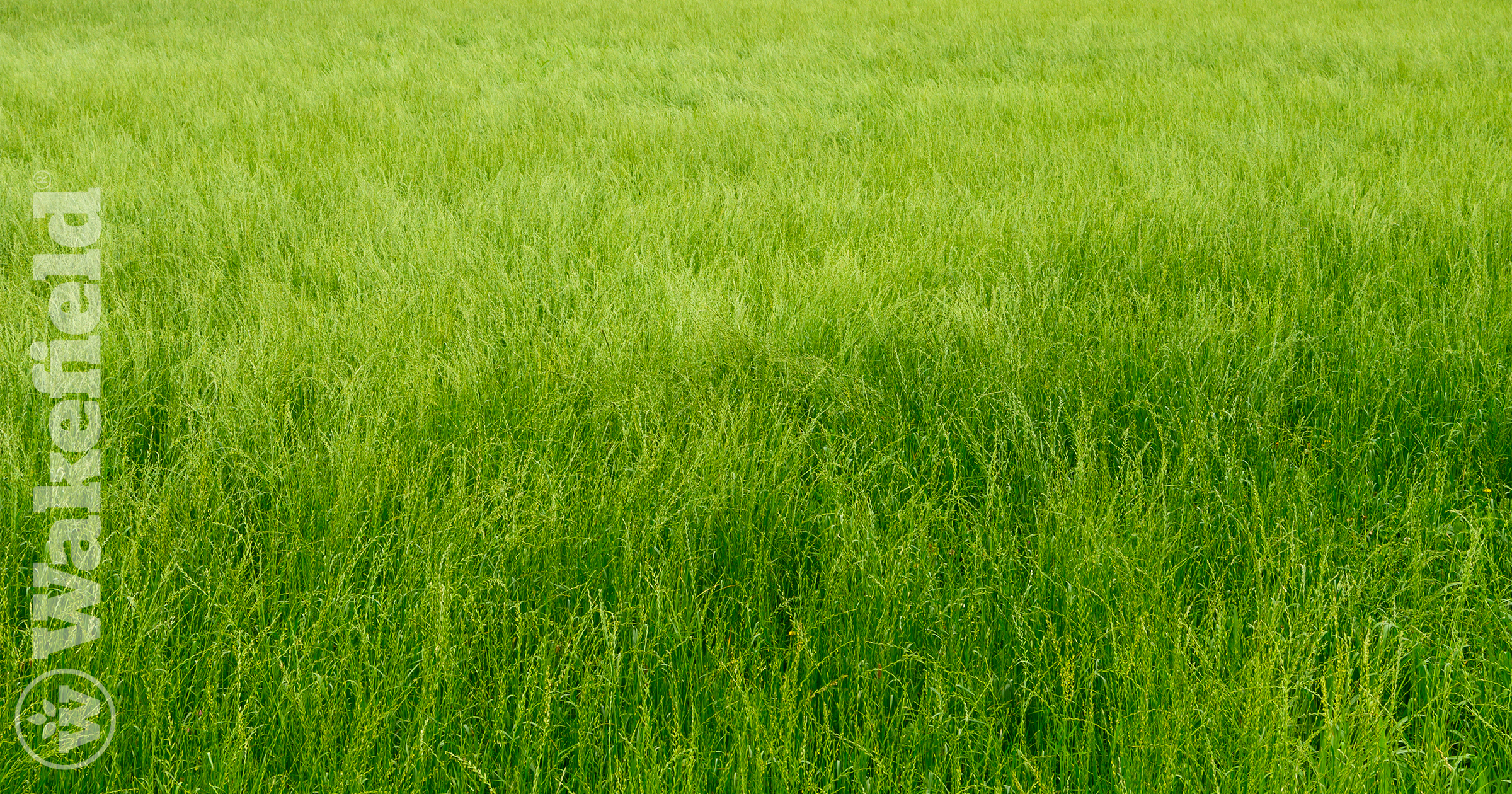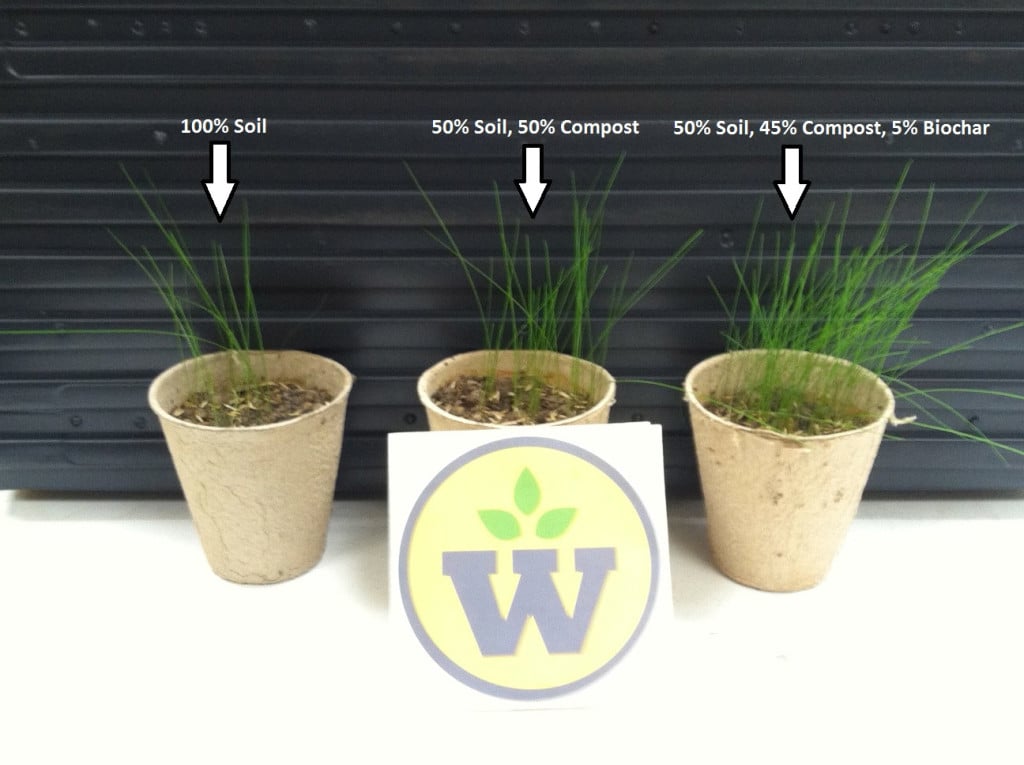Summary of the Effect of Biochar on the Growth of Tall Fescue Grass

The following report was requested on behalf of Wakefield Biochar and conducted by the University of Missouri.
Wakefield BioChar conducted an experiment to determine the optimum growth conditions for Tall Fescue Grass in regards to composition of Biochar in the soil by volume and continuous light and daily watering. While we never recorded any results we gathered information based off of direct visual observations. Soil and compost was added to each pot with the amount of Biochar in the soil being divided into five categories consisting of 5%, 8%, 10%, 12%, and 15% by volume. All of the Fescue grass seeds were grown under grow lights indoors for approximately 20 days.

Optimum Growth Conditions For Biochar By Volume – For Grass
It was found that the optimum growth conditions were at 5% Biochar in the soil, as can be seen in the image above compared to the controls. The daily watering was essential to allow the Biochar to absorb the nutrients that the compost and soil contained. The conditions of Biochar by volume that showed the minimum differences between the controls were the higher amounts of Biochar percentages. The 15% by volume pots still showed more efficient growth compared to the controls, but could suggest that Biochar’s ability to retain water and having higher amounts of Biochar in the soil is actually withholding water from reaching the roots of the Fescue grass.
Summary of Biochar Research
The results of this experiment will help improve upon lawncare, the productivity and soil quality. For Biochar to be most effective, it should be located in the root zone of the grass, which is only a few inches down and should also be thoroughly mixed with the soil to ensure that wind and water erosion isn’t a risk. To do this aerate mechanically or use forks with tines to make 3″-4″ holes and use a lawn fertilizer spreader or sprinkle in Biochar to fill the holes and the Biochar will spread out on its own. Another important factor to consider when applying Biochar is the one week minimum incubation period that must be done to allow the carbon to active within the Biochar, essentially giving the Biochar ‘life’. Finding that the optimum growing conditions is using 5% by volume of Biochar is great for the consumer, as little will be needed and the results will be dramatic. By simply following directions on the Wakefield Biochar boxed products the lawncare provider can ensure the treatment of his or her lawn will be protected. Taking the recommended amount of Biochar and mixing it into the soil with regular watering the lawn will have improved productivity and soil quality ensuring a thick, green, and rich lawn for years to come without having to apply more Biochar every year, as Biochar is a one time application with outstanding benefits.





